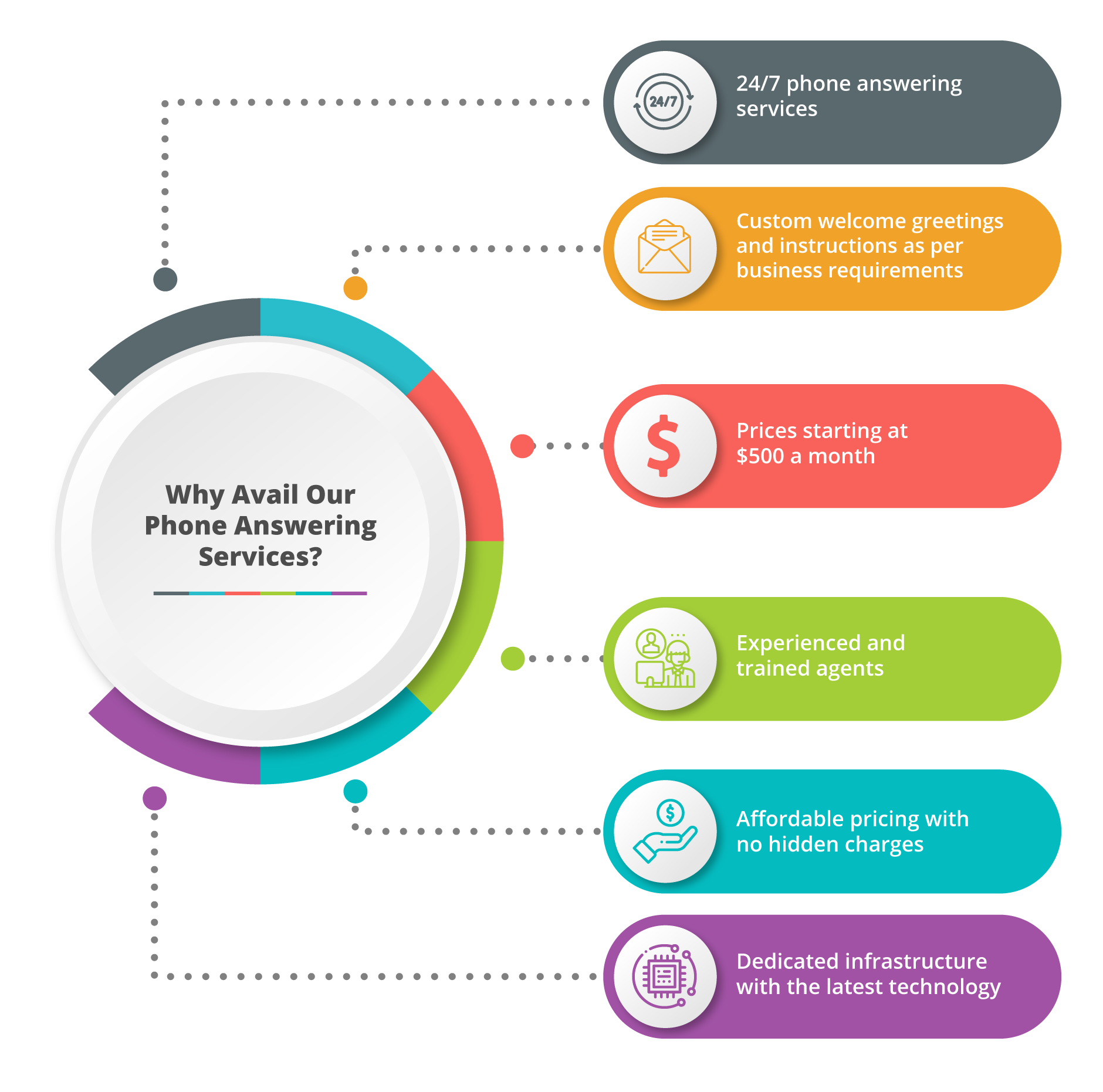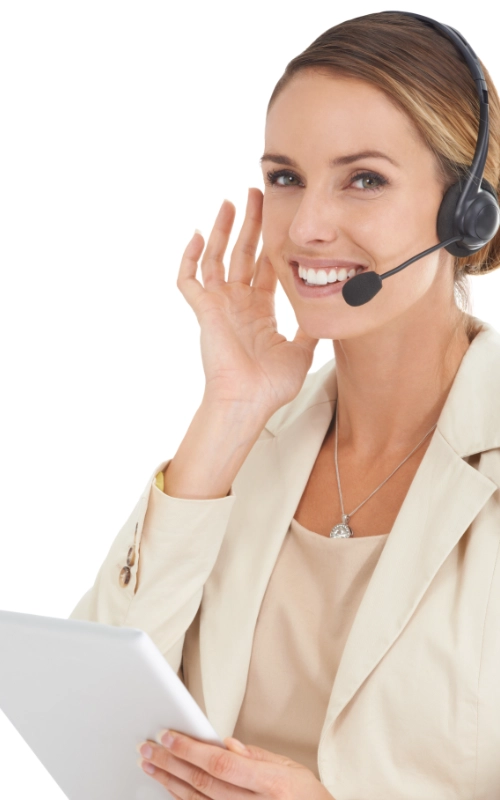All Categories
Featured
Table of Contents
- – Who Is The Best Virtual Assistant Call Answerin...
- – What Is The Best Melbourne Telephone Answering...
- – What Is The Best Automated Answering Services ...
- – Which Is The Best 10 Signs Your Business Need...
- – What Is The Best Telephone Answering Service ...
- – How Is The Best How Do Answering Services Wo...
Who Is The Best Virtual Assistant Call Answering Service Provider
This gadget and its followers were designed by Sava Jacobson, an electrical engineer with a private consulting service. While early voice mail utilized magnetic tape innovation, most contemporary devices uses solid state memory storage; some devices use a mix of both, with a solid-state circuit for the outbound message and a cassette for the inbound messages.
"toll conserving" below) (virtual telephone answering service). This is useful if the owner is evaluating calls and does not want to consult with all callers. In any case after going, the calling party needs to be informed about the call having actually been responded to (for the most part this starts the charging), either by some remark of the operator, or by some greeting message of the little, or resolved to non-human callers (e.
This holds specifically for the Littles with digitally saved welcoming messages or for earlier devices (prior to the rise of microcassettes) with an unique unlimited loop tape, separate from a second cassette, devoted to recording. There have been answer-only gadgets with no recording abilities, where the welcoming message had to inform callers of a state of current unattainability, or e (phone answering).
What Is The Best Melbourne Telephone Answering Service : Virtual Reception Right Now

about schedule hours. In taping TADs the greeting generally consists of an invite to leave a message "after the beep". A voice mail that uses a microcassette to tape-record messages On a dual-cassette answerphone, there is an outgoing cassette, which after the defined variety of rings plays a pre-recorded message to the caller.

Single-cassette voice mail include the outgoing message at the beginning of the tape and incoming messages on the remaining space. They first play the statement, then fast-forward to the next readily available area for recording, then tape the caller's message. If there are lots of previous messages, fast-forwarding through them can cause a substantial hold-up.
This beep is often described in the welcoming message, asking for that the caller leave a message "after the beep". Littles with digital storage for the tape-recorded messages do disappoint this hold-up, naturally. A TAD might provide a push-button control facility, where the answerphone owner can sound the house number and, by going into a code on the remote telephone's keypad, can listen to tape-recorded messages, or delete them, even when far from house.
What Is The Best Automated Answering Services - How Do They Work? Out

Therefore the device increases the number of rings after which it answers the call (typically by two, leading to 4 rings), if no unread messages are currently stored, however answers after the set variety of rings (normally 2) if there are unread messages. This permits the owner to discover whether there are messages waiting; if there are none, the owner can hang up the phone on the, e.
Some machines likewise permit themselves to be remotely activated, if they have been turned off, by calling and letting the phone ring a certain big number of times (usually 10-15). Some company abandon calls currently after a smaller number of rings, making remote activation difficult. In the early days of Little bits an unique transmitter for DTMF tones (dual-tone multi-frequency signalling) was regionally needed for remote control, since the formerly employed pulse dialling is not apt to convey suitable signalling along an active connection, and the dual-tone multi-frequency signalling was implemented stepwise.
Any inbound call is not recognizable with respect to these homes in advance of going "off hook" by the terminal equipment. So after going off hook the calls should be changed to suitable gadgets and just the voice-type is right away available to a human, but possibly, however should be routed to a LITTLE (e.
Which Is The Best 10 Signs Your Business Needs A Telephone Answering Service Company
What if I told you that you do not have to really get your device when responding to a client call? Somebody else will. So hassle-free, right? Addressing phone calls does not need somebody to be on the other end of the line. Effective automated phone systems can do the trick just as efficiently as a live agent and in some cases even better.
An automated answering service or interactive voice response system is a phone system that communicates with callers without a live individual on the line - telephone answering service. When companies utilize this technology, customers can get the answer to a question about your organization just by using interactions established on a pre-programmed call flow.
Although live operators update the customer support experience, numerous calls do not need human interaction. A simple taped message or guidelines on how a customer can recover a piece of info normally fixes a caller's instant requirement - local phone answering service. Automated answering services are an easy and reliable method to direct inbound calls to the best individual.
What Is The Best Telephone Answering Service - Virtual Receptionist - Apso On The Market
Notification that when you call a company, either for support or item query, the first thing you will hear is a pre-recorded voice welcoming and a series of options like press 1 for client service, press 2 for inquiries, and so on. The pre-recorded options branch out to other choices depending upon the customer's choice.
The phone tree system assists direct callers to the ideal person or department using the keypad on a smart phone. In some instances, callers can use their voices. It deserves keeping in mind that auto-attendant choices aren't limited to the ten numbers on a phone's keypad. Once the caller has selected their first choice, you can create a multi-level auto-attendant that utilizes sub-menus to direct the caller to the right type of help.
The caller does not need to communicate with a person if the auto-attendant phone system can manage their concern. The automated service can route callers to a worker if they reach a "dead end" and require support from a live agent. It is costly to employ an operator or executive assistant.
How Is The Best How Do Answering Services Work? Company
Automated answering services, on the other hand, are considerably less costly and provide substantial cost savings at approximately $200-$420/month. Even if you don't have actually committed staff to manage call routing and management, an automated answering service enhances performance by permitting your group to concentrate on their strengths so they can more effectively invest their time on the phone.
A sales lead routed to customer support is a lost shot. If a customer who has product concerns reaches the wrong department or gets incomplete responses from well-meaning employees who are less trained to manage a particular type of question, it can be a reason for frustration and discontentment. An automatic answering system can lessen the number of misrouted calls, thereby assisting your employees make much better usage of their phone time while maximizing time in their calendar for other jobs.
With Automated Answering Systems, you can create a customized experience for both your staff and your callers. Make a recording of your main welcoming, and merely upgrade it routinely to show what is going on in your company. You can produce as lots of departments or menu options as you want.
Table of Contents
- – Who Is The Best Virtual Assistant Call Answerin...
- – What Is The Best Melbourne Telephone Answering...
- – What Is The Best Automated Answering Services ...
- – Which Is The Best 10 Signs Your Business Need...
- – What Is The Best Telephone Answering Service ...
- – How Is The Best How Do Answering Services Wo...
Latest Posts
Honest Live Receptionist Service Near Me – Darwin 0830
Top Business Phone Answering Services ( Australia 5061)
Thorough Call Answering Service (Scarborough)
More
Latest Posts
Honest Live Receptionist Service Near Me – Darwin 0830
Top Business Phone Answering Services ( Australia 5061)
Thorough Call Answering Service (Scarborough)